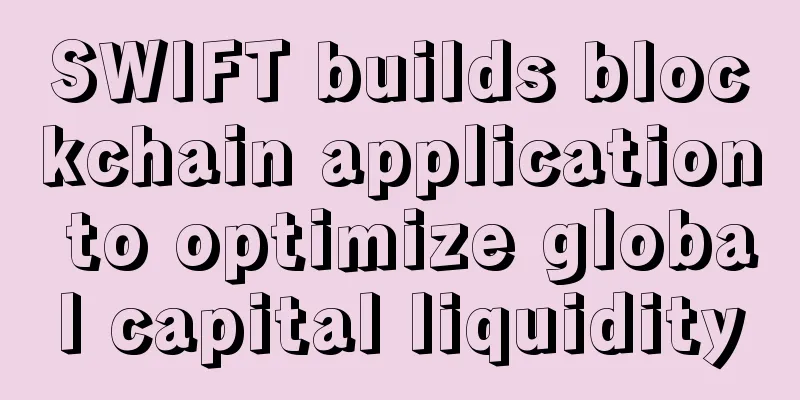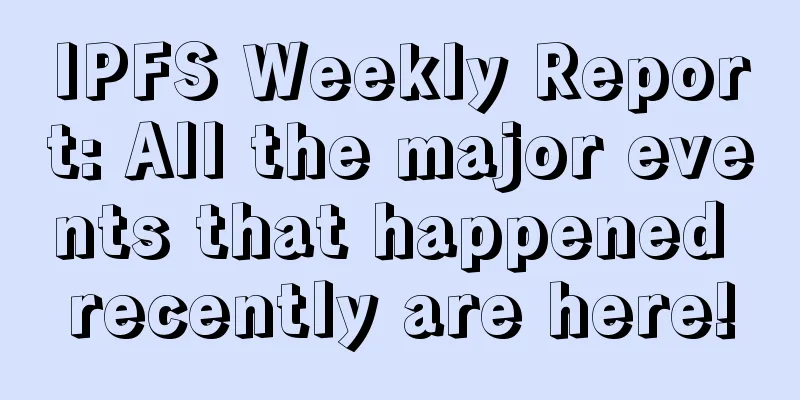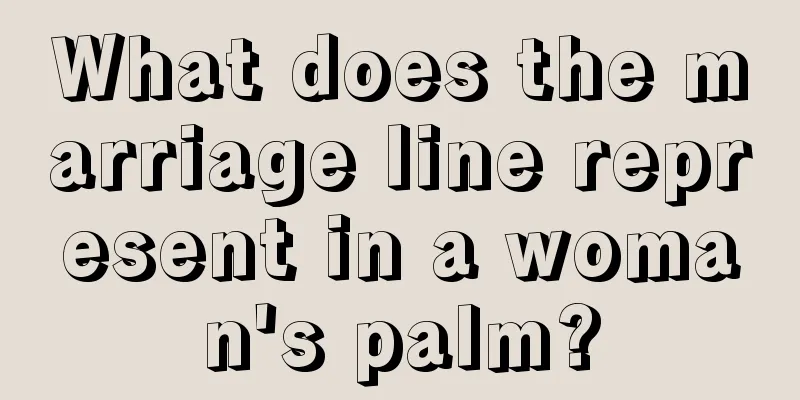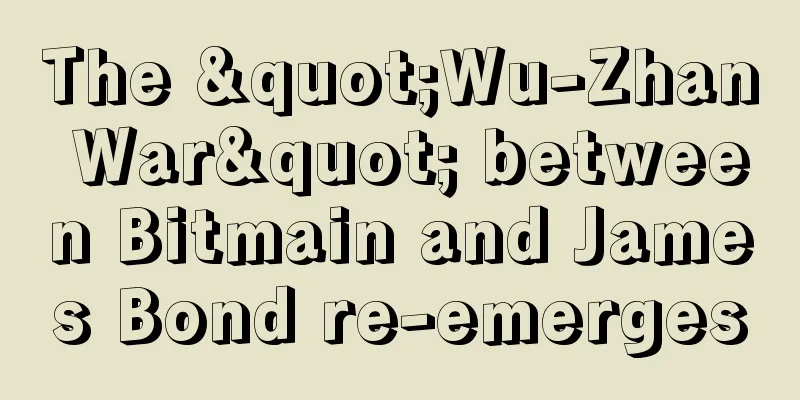SWIFT builds blockchain application to optimize global capital liquidity

|
Rage Comment : SWIFT has customers all over the world and a huge business volume. Therefore, technological advantages are of great significance to it. So more than a decade ago, they set up a working group composed of banking institutions to provide better customer service experience. Now they are more actively exploring global payment innovation based on blockchain, and are advancing step by step to achieve the ultimate goal. The current task is to use blockchain proof of concept to verify the current technology development route. Translation: Annie_Xu A platform that connects most of the world’s banking institutions is beginning to use blockchain applications to streamline cross-border payments. SWIFT will integrate open source blockchain technology into its products to build a proof of concept that could one day replace bank nostro accounts filled with the world’s cash, if necessary. If successful, blockchain applications could help realize Swift’s long-cherished dream of freeing up that cash for more profitable investments. Wim Raymaekers, Director of Marketing for Banking Services, explains what the successful distributed ledger technology (DLT) trial means for customers. Raymaekers said:
Currently, 11,000 financial institutions in the Swift network use the platform's daily settlement data to monitor their respective accounts. Maintaining these accounts accounts for a “significant portion of the cost of cross-border payments.” However, it is not clear how much of these costs blockchain could save.
Swift hopes to reduce the costs of maintaining and operating independent databases for members of the interbank platform, freeing up funds for other investments. The experimental project appears to be just one part of a larger set of blockchain solutions. For example, a blockchain POC was designed using the Monax database in the early days to test the potential advantages and feasibility of transferring ISO 20022 to the blockchain. This POC will utilize the open source Hyperledger codebase. This POC will also use a private chain with specific user profiles and strict data control, and only invited members can participate. Last year, the blockchain alliance R3CEV and its member institutions also tested Ripple's native asset XRP for this project. In the Swift project, although only authorized institutions can participate in this POC, Swift's identity management platform and public key infrastructure (PKI) will be integrated; these two are security architectures based on cryptographic verification of digital signatures. Wim Raymaekers Raymaekers said:
Blockchain is not the only solution Raymaekers repeatedly stressed that Swift is already helping customers solve these problems using more traditional technologies. In 2003, Swift established a working group composed of banking institutions and has since led the development of a decentralized information exchange model between banks based on blockchain. These early Swift projects have now been integrated into the intraday liquidity model project, providing liquidity indicators for its member database; however, projects to improve interbank nostro account management are still in progress. In its 2012 report, Raymaekers found that the number of accounts in the Asia-Pacific region grew by 4% between 2005 and 2011, while the top 80 payment banks among Swift members had reduced their current accounts in Europe and the Americas by 16% and 11% respectively during that period. The reason is the concerns raised after the 2007 financial crisis, and Swift calls this adjustment "Banking 3.0". The current blockchain project belongs to Swift’s Global Payments Innovation initiative (GPI). Global Payment Innovation GPI is also just one part of Swift’s efforts to simplify global cross-border payments. The first version is expected to be completed in 2017, with 100 banking institutions participating. Swift aims to simplify international payment instructions. Raymaekers said much of the goal has been achieved using traditional techniques. However, only half of the GPI goal was achieved. The project also hopes to simplify the reconciliation process of current accounts. Raymaekers believes that it can be a good use case for DLT and hopes that this POC project can prove this conjecture.
|
<<: Coin Zone Trends: Bitcoin Price Trends Based on Big Data This Week (2017-01-13)
>>: Blockchain in mortgage lending: Interesting, but premature?
Recommend
What does a black forehead indicate? What will happen if a black forehead appears?
Many people know that if a person’s forehead is b...
Bitcoin Segregated Witness (Segwit) is cool, but is it not a short-term solution?
Pieter Wuille gave a great introductory talk in H...
Are people with multiple marriage lines very fickle?
The number of marriage lines is related to a pers...
On the eve of the mainnet launch, Filecoin's pre-staking rules sparked controversy
This time it is finally confirmed. On September 2...
What does a mole on the earlobe mean?
Most moles on the ears are auspicious moles, but ...
Ethereum miners propose to increase the gas limit. Why is the community divided?
According to BlockBeats, on June 22, Ethereum fou...
Bitcoin startup DigitalX founder Tsvetnenko resigns from board amid fraud charges
Rage Review : Zhenya Tsvetnenko, former executive...
Facial features of people who speak more reservedly
Many times, we should not be too blunt when speak...
How to tell when you are blessed by your physical appearance
Everyone hopes to have good luck and good fortune...
Ribbit.me raises $1.5 million for blockchain-based customer loyalty program solution
Ribbit.me, a blockchain-based loyalty program sol...
How to read the marriage fortune through palmistry
Even if you don’t attach importance to your marri...
What to do if your forehead is narrow?
The forehead is the forehead part in our physiogn...
Andreas Antonopoulos: Bitcoin will never hard fork
The possibility of the Bitcoin network splitting ...
The centralization issue of Ethereum infrastructure Infura has once again caused controversy. What alternatives do we have?
It’s time to confront Infura’s centralization pro...
The price gap between Bitfinex and other major exchanges is like a chasm. Is this an ominous sign of bankruptcy?
Over the past week, many traders have been discus...









